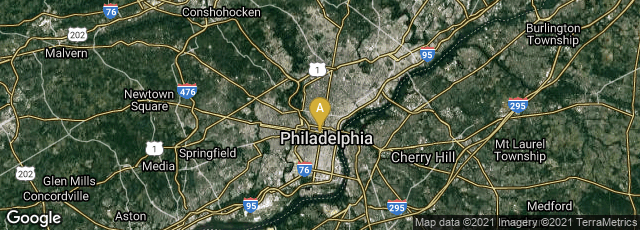In 1856 book binder James B. Nicholson issued
A Manual of the Art of Bookbinding: Containing Full Instructions in the Different Branches of Forwarding, Gilding, and Finishing. Also, the Art of Marbling Book-Edges and Paper. The Whole Deisgned for the Practical Workman, the Amateur, and the Book-Collector. The book was published by Henry Carey Baird of Philadelphia, a publisher who specialized in technological publications. Published within just a few years of Brade's
Das Illustrirte Buchbinderbuch, first issued in 1860, Nicholson's book, intended for the widest audience of professionals, amateurs, and enthusiasts, was somewhat less technical and less technological than Brade's book, which unlike Nicholson's, was directed almost entirely toward the professional and also the industrial bookbinder. No equivalent technical bookbinders' manual appears to have been published in English during the 19th century. Nevertheless, Nicholson did illustrate and describe the usage of most basic machines used at the time, including some American machines invented by
Isaac Adams that were very sophisticated.
Another difference between Nicholson's book and that of Brade is that while Nicholson's book was reprinted and expanded several times up to 1902 the information about bookbinding machinery and other technical advances was not brought up to date in any of the later editions, while Brade's book was extensively revised by the various editors who issued later editions.

